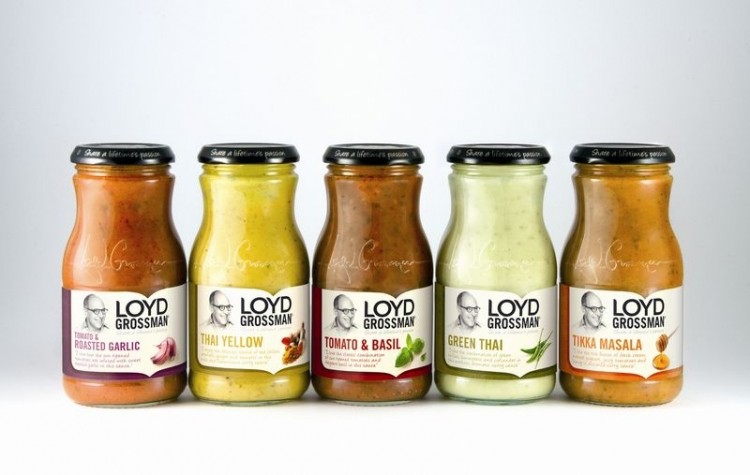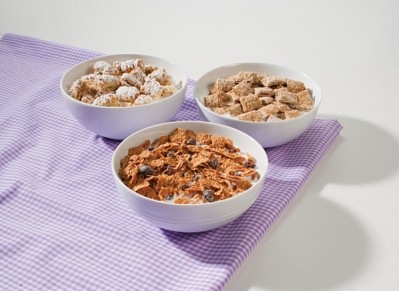Cakes, celebrity chefs and confectionery: The rise of brand licensing in Europe

FoodNavigator spoke to Louise French, associate vice president of business development and marketing at UK-based brand licensing agency Beanstalk, about emerging licensing trends in the food sector.
“We realised a few years ago that there was a lot of opportunity in food brands. The UK was only really beginning to catch on two or three years ago,” she said.
The agency counts several food and beverage brands among its clients, including Jack Daniels, Chewits, and most recently, the Hummingbird Bakery, but it has been active in the United States for more than 20 years. Brand licensing accounts for 3.6% of retail sales in the UK and Ireland, and growth in Western Europe is spearheaded by the UK. However, the trend is still relatively up-and-coming in Europe, as brand licensing on a global basis accounts for 6.7% of retail sales.
All the same, the food sector is one of the most dynamic, and brand extensions into adjacent categories are particularly common, producing Cadbury’s chocolate branded biscuits, beverage-branded confectionery, or ready-to-eat sauces co-branded with familiar food service chains.
Cakes and confectionery
“It is prolific right across the board,” French said. “Brands that are shelf stable might want to move into chilled and frozen, for example. There seems to be a lot of proliferation in sweets. In cakes, sweets and confectionery there has been a lot of interest.
“…The other area that has been very active is chefs/restaurants. It is a trend that has come out of recession as people try to create the experience of restaurants while dining at home.”
Examples of this include ready meals and prepared sauces carrying celebrity chef branding.
“When it works well, there are huge benefits for the licensee as well,” she said. “It starts with having a sound strategy and understanding what it is about your brand that meets a market demand.”
Competing with private label
French says that licensing partnerships could also be a good way for national brands to differentiate themselves, when private label foods are increasingly present on retail shelves.
“Supermarket shelves are becoming increasingly competitive because of private label. Extending into new categories gives [national brands] reach and visibility,” she said.
It also provides increased consumer awareness, either by bringing brands out from their usual section in the supermarket, where some consumers may never venture – or even into new retail outlets altogether, such as a confectionery branded lip balm on sale in a pharmacy.
“There has been an enormous boom in food gifts,” she said. “As well as food into food, there is also food into non-food, which means people see the product every day on their shelves instead of just eating it and throwing the packaging in the bin.”
For some brands, such as Jack Daniels, brand licensing is also important to protect the trademark in other categories.
But in general, French says the main benefits for food and drink brands include building consumer loyalty, reaching new consumers and, of course, creating new revenue streams.














